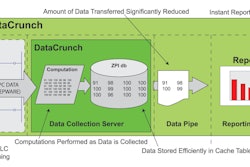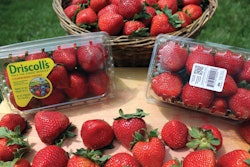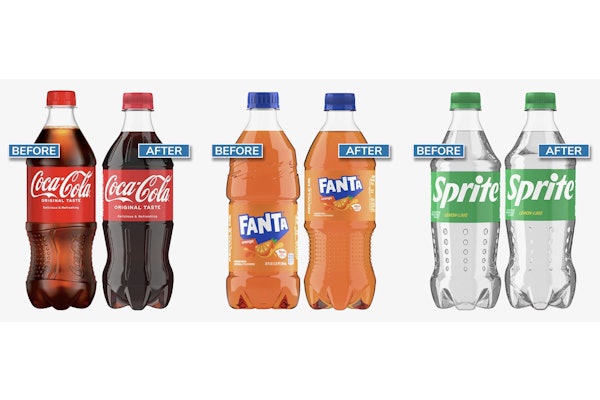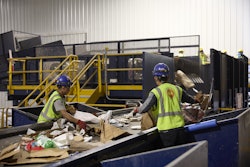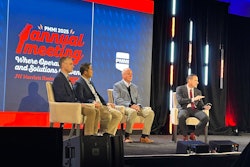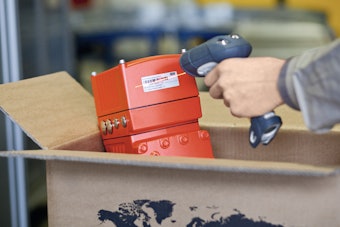
Throughout their career, packaging professionals will work on numerous new products, and for those in the consumer packaged goods industry, it’s imperative to understand how and where the consumer will first come into contact with the package. The packaging team for every new product dreams of winning at that First Moment of Truth—that moment when the consumer interacts for the first time with the package. While there is great focus on the industrial design of the product, as well as the graphics and structural design of the package, equal time should be spent thinking about where this product will launch and live at retail.
At Newell Rubbermaid, in the Writing Segment, there is a strong synergy between creative design and packaging and merchandising engineering. Many new products are first showcased at retail in an off-shelf merchandising vehicle. Therefore, when developing the package, we need to consider the product presentation for both the plan-o-gram and the displays. We must think through how the consumer will shop in those areas—in the aisle and off-shelf. We have to consider the features of the product, what we want to showcase, and how we can do so through package design and display design. Depending on the launch plan, you could find your product at the front of the store in the heart of the thoroughfare instead of on a peg or shelf in the category aisle.
With the wide range of products we have in Newell Rubbermaid, we must be prepared for several scenarios and work through those package variations when developing an off-shelf display. I step back and visualize the product and how the package will look in the display and I go through a series of questions, starting with: Can I see the product? Can I see the feature or benefit that we’ve designed specifically for this product?
Let’s be honest, it all starts with the product. Are there features that we need to showcase with a touch hole or highlight with graphic call-outs? If you have a feature or key product attribute that is visible and positioned at the bottom of your package, you would not want to place that package in a tray that has a high lip and covers it up. Is there a recognizable or iconic shape that must read through in the package design? Are the product and package positioned the way I would expect? If your product is very top-heavy in the package, you would not want to place it in a tray and find that it falls forward and is never seen by the consumer. If your package design is a unique shape that does not allow for it to stand on its base without falling or leaning, you would want to find a different way to showcase it in a display—possibly on a peg hook or standing in a foam insert. Is your product required to be positioned or shipped in a specific orientation? If your product has an orientation requirement, you would not place it in a bulk bin.
I like to put myself in the consumer’s shoes and “shop” the product in the display vehicle. I ask myself, “Was that easy to grab?” The consumer should not have difficulty removing the package from the display. The spacing of shelves or peg hooks is essential in presenting your package to entice the consumer to pick it up.
These questions are not only significant in package design, but also should be considered during display design. Communication across the various functions is critical. I once had the unpleasant experience of discovering that although the product had a unique and fun package shape, it did not sit neatly in a display tray, leaving the tray very disorganized and confusing. Softening the radius of the package and moving to a pegged display tray, we were able to bring order to the layout and positioning. I highly recommend testing mocked-up packaging samples in your display vehicles to ensure there is a first look at how your product will look at retail.
Addressing these questions up front in your design development could mean the difference between a consumer seeing and purchasing those five new colors or walking right on by and continuing with their shopping.
ABOUT THE AUTHOR: Becky Stapleton, CPP, is a senior manager of packaging and merchandising at Newell Rubbermaid in the Writing Segment. For more information on IoPP, visit www.iopp.org.



